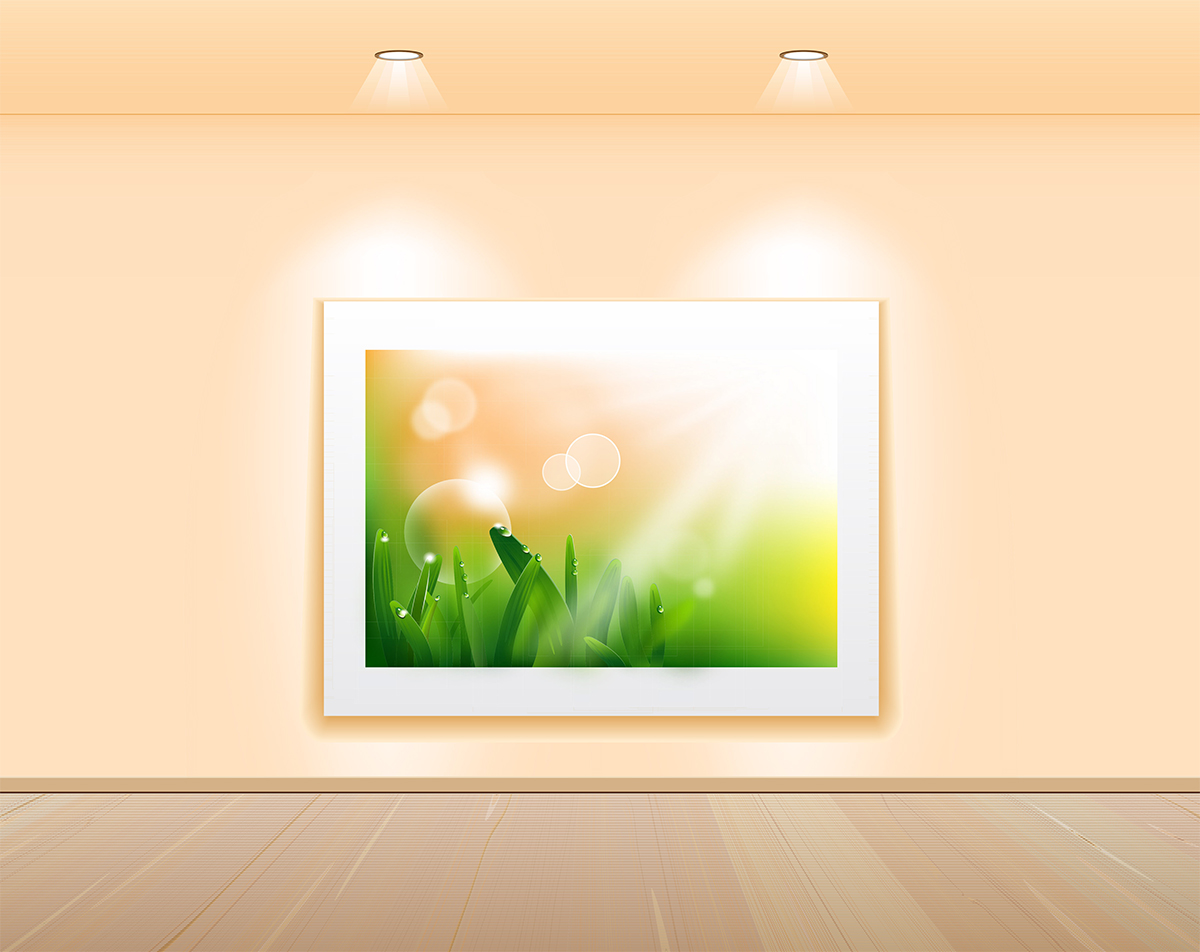
Recessed accent lights are directional lighting systems that are used for focal illumination. Lighting is a creative tool beloved by architects and interior designers who crave to set up an engaging environment. In commercial showrooms, retail stores, museums and galleries, lighting is often composed in layers: ambient (general) lighting provides orientation and sets the general tone of the space; task lighting illuminates an area for a specific task; accent lighting creates visual interest. Combining and balancing these layers of light creates a more attractive, exiting and inviting space. In interior spaces where the focal points are artwork, merchandise or architectural features, lighting design should be prioritized to create a hierarchy of importance so that the focal points can be fully appreciated.
Accent lighting is the key layer of light that is used to enhance the prominence and attractiveness of a focal point. It highlights and thereby draws visual attention to objects such as paintings, photos, products, or sculpture, or attracts attention to a particular area. Accent lighting creates drama through luminance contrast between ambient and accent lighting. It directs concentrated beams of light to emphasize the texture, shape, finish and color of a displayed object, allowing it to be seen at its very best. By throwing flattering light on the points of interest, the attributes of the product or art piece on display are elevated and people become drawn to the defined focal point. To heighten the sense of drama with accent lighting, the contrast ratio of accent lighting to its surroundings (or ambient lighting) should be 3:1 or greater. Dark items, smaller objects and feature displays may require a higher ratio to bring out detail and create a significant visual effect.





